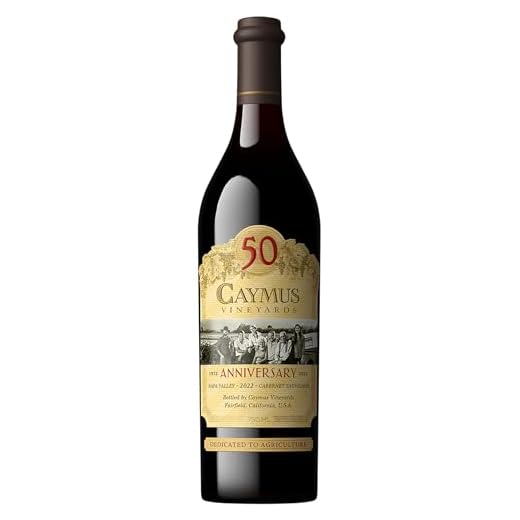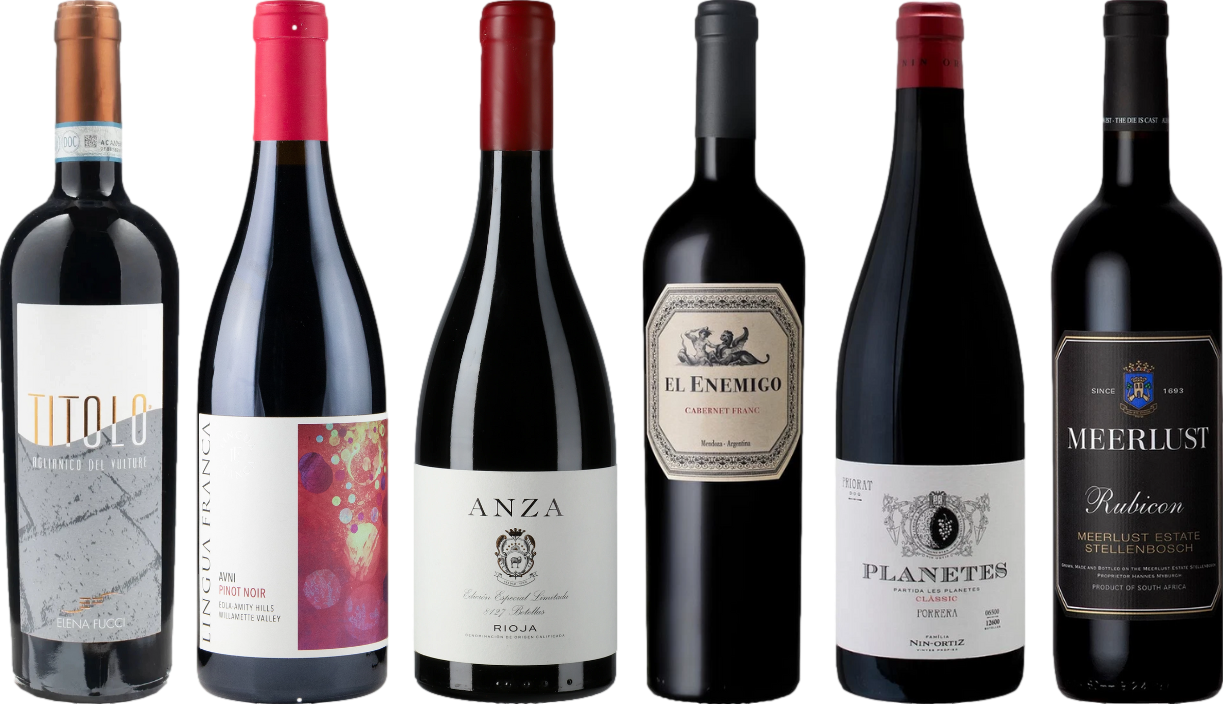



For those curious about the alcohol content differences in these fermented beverages, it’s essential to understand that the typical range for both varieties falls between 12% and 15% ABV (alcohol by volume). However, various factors such as grape varietals, fermentation methods, and regional regulations can influence these figures.
Generally speaking, the darker option tends to lean towards higher alcohol percentages, often reaching up to 16% in certain styles like Zinfandel or Shiraz. On the other hand, the lighter counterpart often hovers around the 12-14% mark, particularly in crisp varieties like Sauvignon Blanc or Pinot Grigio. Therefore, if you prefer a stronger drink, the former might be your best bet.
When selecting a bottle, always check the label for specific ABV percentages. Understanding these nuances not only enhances your tasting experience but also aids in making informed choices when pairing with food or planning an event. Enjoy exploring the diverse profiles and intricacies of these delightful options!
Alcohol Content Comparison
In most cases, the percentage of ethanol in these beverages hovers around the same level, typically between 12% and 15% by volume. However, variations exist depending on various factors, including grape variety, fermentation process, and regional regulations.
Variability in Alcohol Levels
Specific types of grapes can influence the final product’s strength. For example, certain varietals used in producing a robust red blend may lead to a higher concentration of ethanol compared to a light-bodied white. Additionally, winemaking techniques such as extended maceration or fermentation temperature can play a significant role in elevating the alcohol content.
| Type | Typical Alcohol Content (%) |
|---|---|
| Cabernet Sauvignon | 13.5 – 15 |
| Chardonnay | 12 – 14 |
| Merlot | 13 – 14.5 |
| Sauvignon Blanc | 12 – 13.5 |
Choosing the Right Option
For those looking to manage their intake, checking the label for specific details is advisable. Some options may surprise you with their alcohol levels. Always consider the unique characteristics of the beverage you select, as they can significantly influence your overall experience.
Comparing Alcohol Content in Red and White Wines
Typically, expressions from the grape varietals play a significant role in the strength of the beverage. Both styles generally range from 12% to 15% alcohol by volume (ABV), but specific examples can vary widely. A common trend shows that fuller-bodied varieties tend to lean toward the higher end of this spectrum.
Factors Influencing Alcohol Levels
Factors such as fermentation processes, sugar content in the grapes at harvest, and climate conditions can influence the final alcohol concentration. For instance, grapes harvested from warmer regions often possess higher sugar levels, leading to increased potential for fermentation and, consequently, a stronger product.
Recommendations for Selection
When making a choice, consider the style you prefer. If you enjoy robust flavors, opt for varietals like Cabernet Sauvignon or Zinfandel, which may deliver a higher alcoholic punch. In contrast, lighter options, such as Pinot Grigio or Sauvignon Blanc, typically reflect a lower ABV while still offering delightful taste profiles. Always check the label for precise alcohol content to find the balance that suits your palate.
Exploring different bottles can lead to exciting discoveries. Pay attention to the region of origin and the winemaker’s techniques, as these elements can greatly influence the character and strength of the drink.
Factors Influencing Alcohol Levels in Wine
The grape variety plays a pivotal role in determining the final ethanol concentration in the bottle. Some cultivars, like Cabernet Sauvignon, naturally produce higher sugar levels, leading to a greater potential for fermentation. In contrast, others such as Pinot Noir may yield lower sugar content, affecting the eventual strength.
The climate where the grapes are cultivated significantly impacts sugar accumulation. Regions with warmer temperatures often result in riper fruit, enhancing sugar levels and consequently boosting fermentation outcomes. Cooler climates can lead to lower sugar concentrations, influencing the overall alcoholic strength.
Winemaking techniques also contribute to the final alcohol percentage. The fermentation process, including the choice of yeast and fermentation duration, can enhance or limit the conversion of sugars to alcohol. Additional practices, like adjusting the fermentation temperature, can also affect the alcohol yield.
Harvest timing is another crucial factor. Grapes picked at peak ripeness tend to contain more sugars, which translates into higher alcohol content after fermentation. Delaying the harvest can lead to overripe fruit, which might introduce undesirable flavors but can also amplify alcohol levels.
Lastly, blending different varieties allows winemakers to achieve desired profiles. Combining grapes with varying sugar levels can create balanced wines with specific alcohol targets, showcasing the artistry involved in crafting each bottle.
Typical Alcohol Percentage in Popular Red Wines
For those curious about the typical strength of various popular selections, most red varieties generally range from 12% to 15% ABV (alcohol by volume). A classic Cabernet Sauvignon usually clocks in around 13.5% to 15%, while Merlot often sits comfortably between 13% and 14.5%. Zinfandel can be on the higher end, reaching up to 16% in some cases, particularly those from California’s warm regions.
Noteworthy Examples
Pinot Noir, a favorite among many, tends to hover around 13% to 14.5% ABV, offering a lighter alternative within the category. Syrah, known for its bold flavors, typically falls in the 13.5% to 15% range. Additionally, Malbec, particularly from Argentina, frequently showcases a robust 13.5% to 15% alcohol content, making it a popular choice for those who appreciate depth and intensity.
Regional Variations
It’s essential to consider that climate and winemaking techniques can influence these percentages. Warmer climates often produce grapes with higher sugar content, resulting in stronger wines. For those interested in maintaining cleanliness while enjoying these selections, I recommend checking out the best shower scrubber brush to keep your tasting area pristine. Understanding these details can enhance your appreciation of each bottle’s unique profile and characteristics.
Typical Alcohol Percentage in Popular White Wines
Most popular varieties of this category tend to range from 11% to 14% ABV (alcohol by volume). Chardonnay, a widely appreciated choice, usually falls between 13% and 14.5% ABV, depending on the region and winemaking techniques employed. Sauvignon Blanc often presents slightly lower levels, averaging around 12% to 13% ABV, which makes it a refreshing option for lighter meals.
Notable Examples
Pino Grigio typically hovers around 12% to 13% ABV, with its crisp profile appealing to many. Riesling showcases greater variability, ranging from 8% to 12% ABV, influenced by the sweetness level and climate where the grapes are cultivated. For fans of more aromatic styles, Gewürztraminer generally sits between 12% and 14% ABV, providing a robust flavor profile.
Trends and Considerations
In recent years, there has been a noticeable trend towards higher alcohol levels in some styles, driven by warmer climates and selective harvesting. However, preferences still vary widely, making it crucial to taste and explore different options to find the perfect match for your palate. Understanding these ranges can enhance your selection process and food pairings.
Impact of Wine Production Methods on Alcohol Levels
The method of production significantly influences the final alcohol content in beverages. To achieve desired levels, winemakers utilize various techniques throughout the fermentation and aging processes.
Fermentation Techniques
Primary fermentation is crucial for determining the amount of sugar converted into alcohol. The following methods can lead to different outcomes:
- Temperature Control: Higher fermentation temperatures can enhance yeast activity, potentially increasing alcohol levels.
- Yeast Strains: Different yeast strains possess unique alcohol tolerance and fermentation characteristics, affecting the final strength.
- Extended Maceration: This technique, often used in red varieties, allows for more sugar extraction from skins, influencing overall alcohol concentration.
Aging and Influences
The aging process also plays a role in the final product’s strength:
- Barrel Aging: Aging in barrels can lead to evaporation, concentrating the alcohol and flavors. The size and type of barrel can further affect this.
- Oxidation: Controlled exposure to oxygen during aging can impact the overall profile, sometimes enhancing the perception of alcohol.
- Fortification: In some cases, producers may add distilled spirits to boost alcohol content, particularly in dessert styles.
Understanding these production methods allows for better appreciation of the various styles and strengths found in different types of wine. As a Master Sommelier, I always encourage enthusiasts to explore how these techniques impact their favorite selections, leading to more informed choices and enjoyable experiences.
Health Considerations Related to Alcohol Consumption in Wine
Moderation is key when enjoying fermented grape beverages. Research indicates that light to moderate consumption can offer some health benefits, such as improved cardiovascular health and a lower risk of certain diseases. However, excessive intake poses significant risks, including liver damage, addiction, and various forms of cancer.
For individuals who enjoy these beverages, it is advisable to limit consumption to one glass per day for women and two for men. This guideline helps mitigate health risks while allowing for the enjoyment of flavors and aromas. It is essential to recognize personal tolerance levels and to consider factors such as age, weight, and overall health status.
Some studies suggest that specific compounds found in fermented grape beverages, particularly polyphenols, can contribute to heart health by improving cholesterol levels and promoting better circulation. However, these benefits do not justify heavy drinking; the potential for harm increases significantly beyond moderate amounts.
Consultation with a healthcare provider is recommended for those with pre-existing health conditions or those taking medications. Certain substances can interact negatively with alcohol, leading to adverse effects. Additionally, pregnant individuals should abstain entirely to prevent fetal alcohol syndrome and other complications.
Finally, being mindful of the social and psychological aspects of drinking is crucial. Enjoying these beverages should not become a coping mechanism for stress or emotional issues. Balance, awareness, and responsibility are vital for a healthy relationship with fermented grape products.











